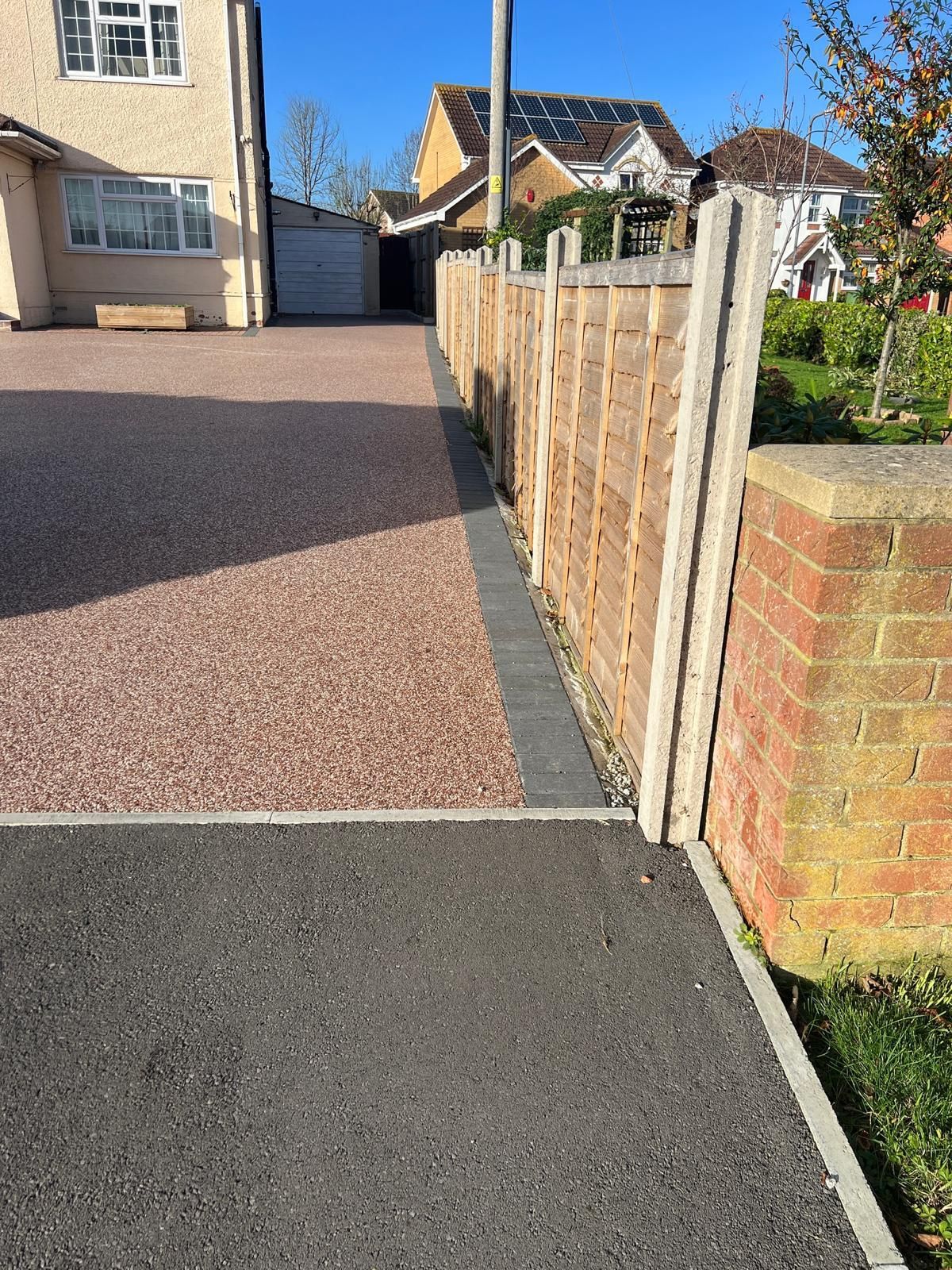Sustainable Resin Driveways: The Eco-Friendly Surface Choice
Eco-Friendly Surface Option: Sustainable Resin Driveways
Natural Material Options
Integrating water with
resin-bound gravel and water channels creates a harmonious blend of textures and movement. The contrast between flowing water and the stable resin surface creates visual interest while maintaining functionality. These channels can follow natural contours or create geometric patterns that complement your home's architecture.
Stone and water features for resin driveways offer a timeless appeal that ages beautifully. From stacked slate to polished river rocks, stone elements bring a natural texture that contrasts beautifully with the smooth uniformity of
resin driveways. Their durability makes them ideal for entrance areas that withstand varying weather conditions.
For those seeking subtle earth tones,
natural pebble water channels provide organic lines that guide water through the driveway landscape. These can be designed as meandering streams or structured pathways that direct water toward collection points or garden areas.
Metal and Contemporary Materials
Copper water elements in driveways develop a living patina over time, changing from bright penny tones to rich verdigris as they age. This evolution creates water features that become more character-filled and distinctive with each passing season.
For contemporary homes,
stainless steel driveway fountains offer sleek, low-maintenance options that resist corrosion while providing clean lines and modern aesthetics. Their reflective properties create an interesting play with light, particularly when combined with strategic illumination.
Those seeking dramatic visual effects might consider resin surfaces with
glass features. Coloured or textured glass creates fascinating light refraction as water flows across its surface. These elements can be particularly striking when illuminated at night.
Ceramic water elements bring opportunities for artistic expression through glazed finishes and sculptural forms. These can be commissioned as signature pieces that reflect personal style or architectural themes.
For dramatic vertical elements,
marble features for driveways offer luxurious texture and natural veining that create one-of-a-kind installations. Similarly,
the slate water wall driveway design provides dramatic dark backgrounds against which water movement becomes particularly visible and mesmerising.
The material selection for your water feature should complement your home's architecture and the
specific colour and texture of your resin driveway, creating a cohesive, thoughtfully designed entrance.
View our YouTube video on the subject below:
You might also like
Clark's Resin Driveways



